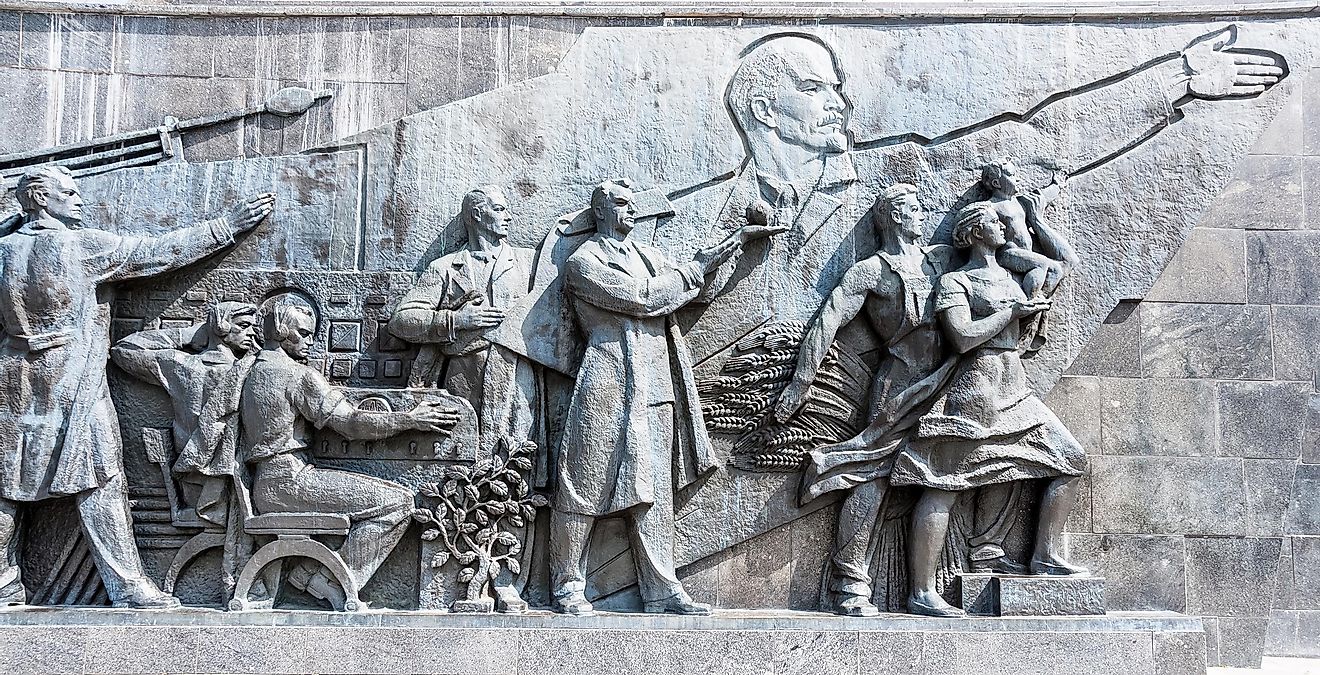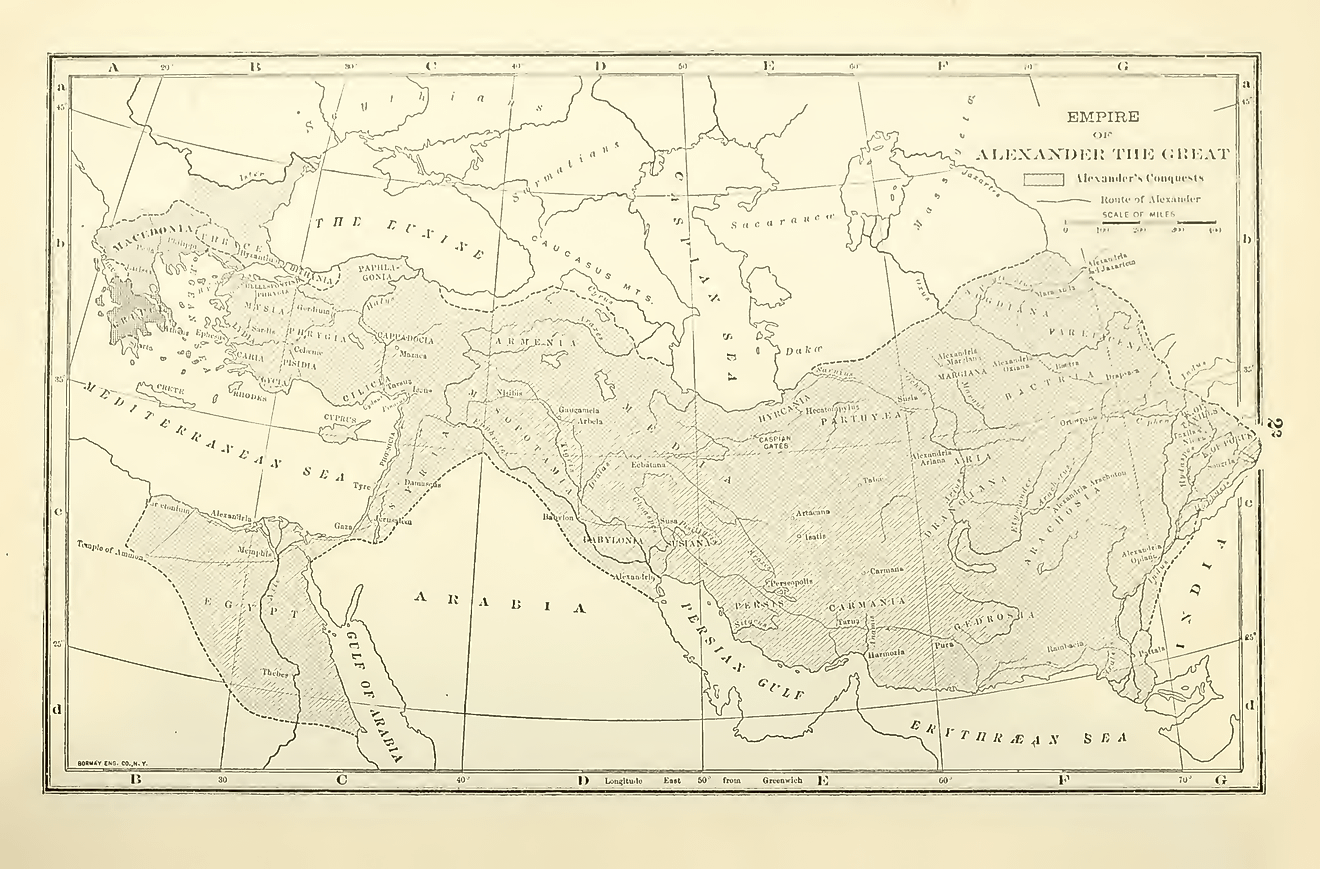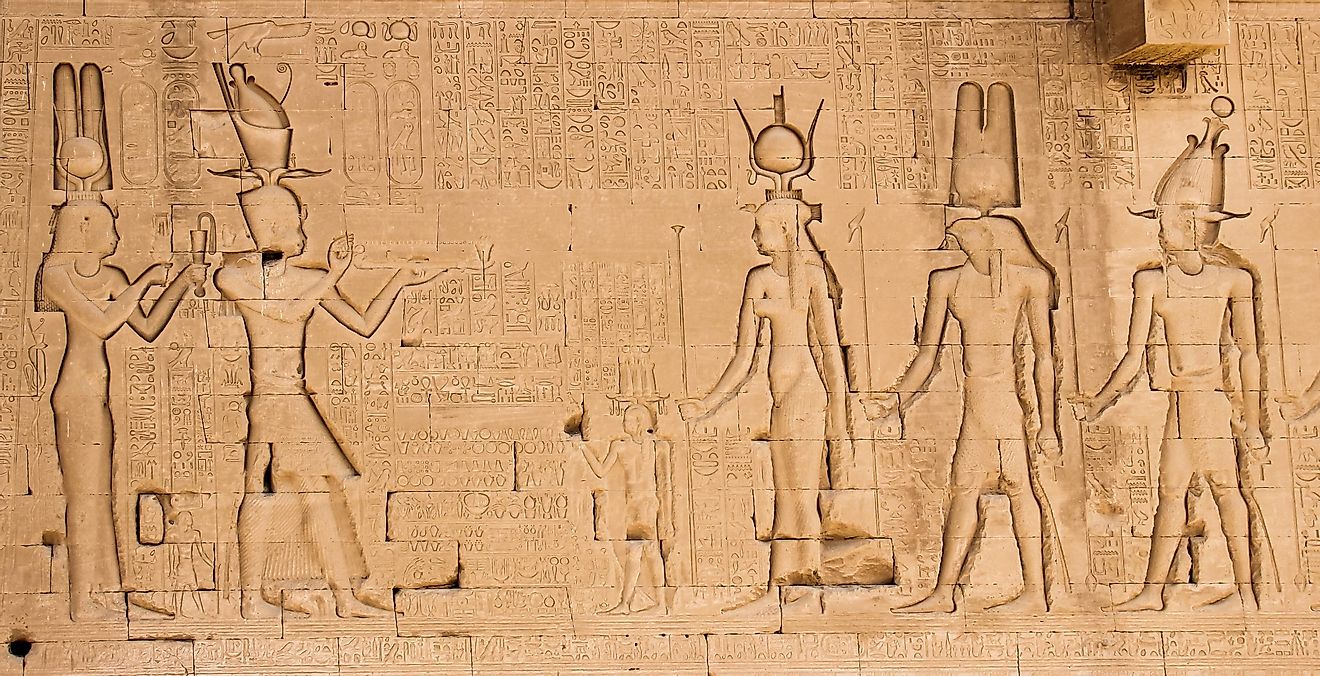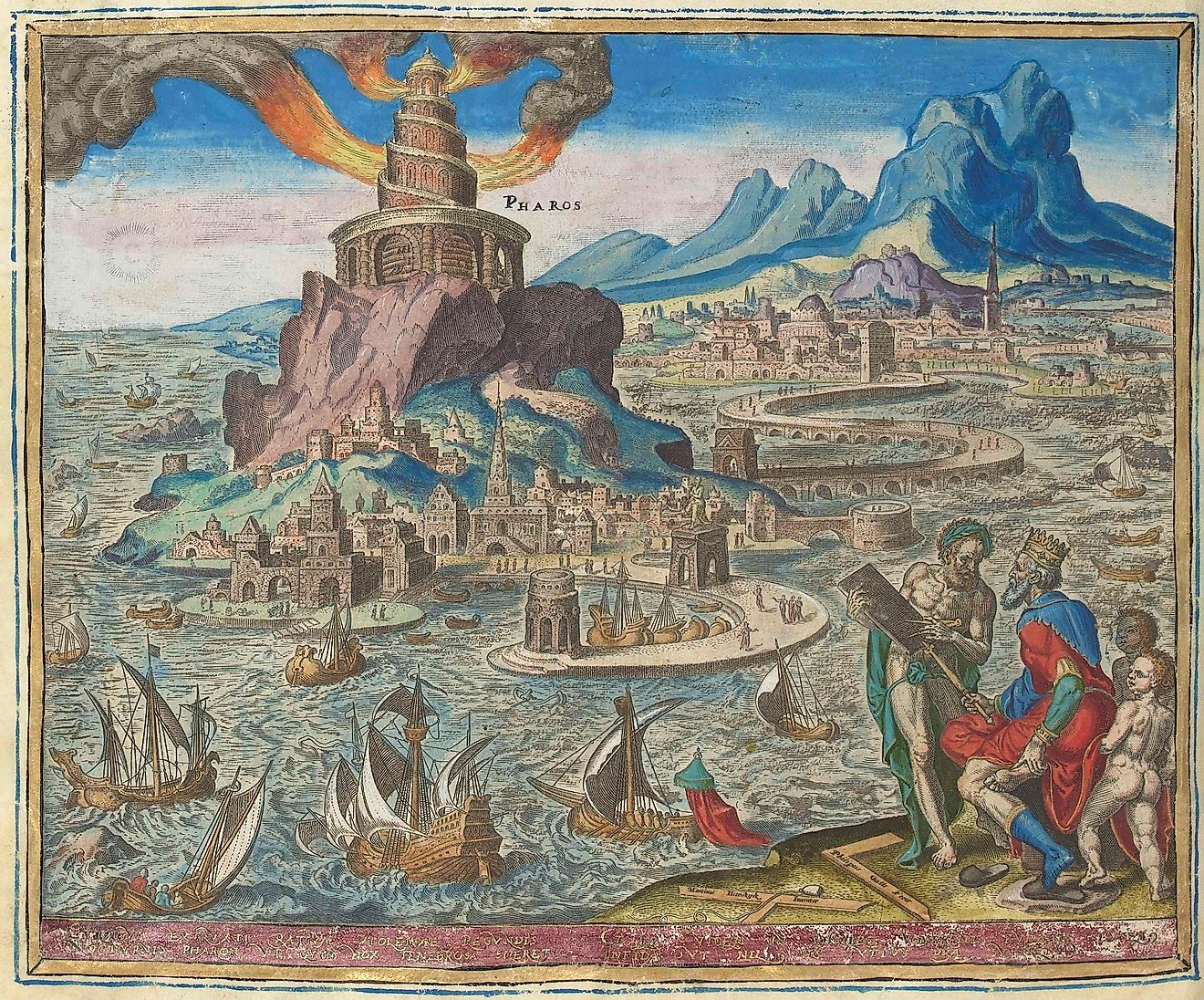The Most Important Revolutions That Shaped World History
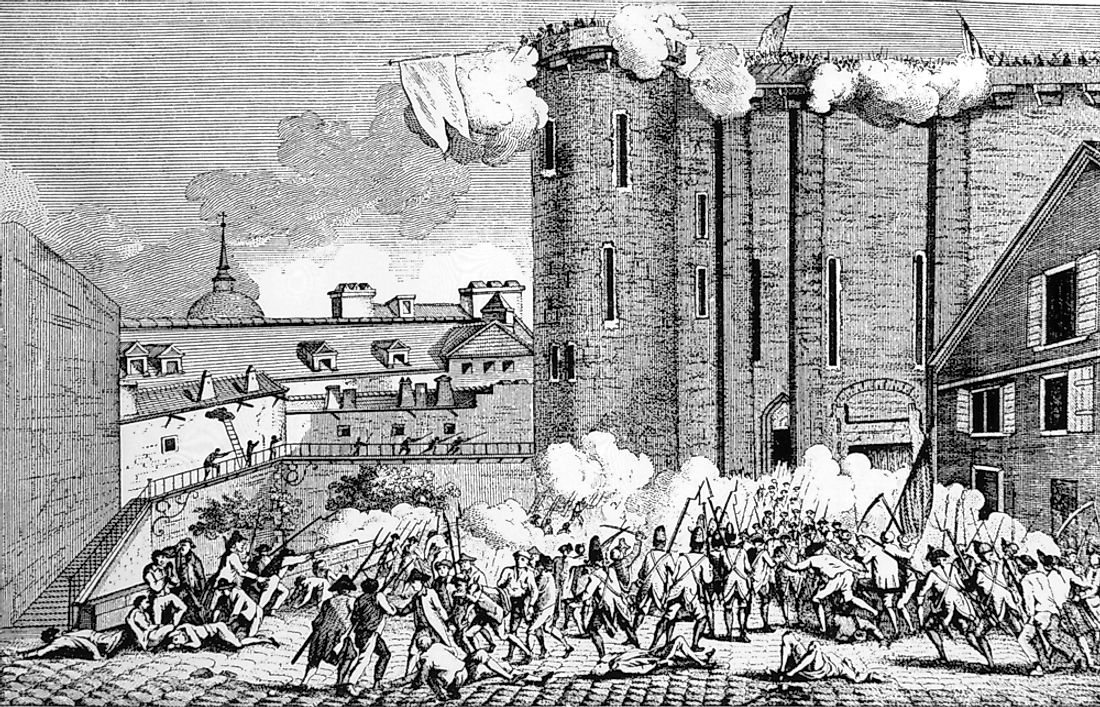
- The French Revolution is notable for the abolishment of the French monarchy which had ruled for centuries; it demonstrated the power of the people and their ability to truly make a difference.
- Historians consider the Haitian Revolution to be the most successful slave rebellion in the Western world, its impact felt across the Americas.
- The revolution of 1911 was a critical moment in Chinese history because of how it paved the way for the Chinese Communist Revolution in 1949, an uprising that established the People’s Republic of China.
History textbooks are filled with pages describing various revolutions: organized groups of people who fought with their lives to replace the existing ruling system with another. Many turned out to be failures, but occasionally, one would result in a triumphant success. These uprisings tended to shape not only one country, but several, their influence sometimes crossing continents. The following five revolutions are particularly noteworthy for their long-lasting impact on the world. Through bloodshed came change, and whether it was for better or worse, there is no denying the importance of such pivotal moments in our history.
5. The American Revolution (1765 – 1783)
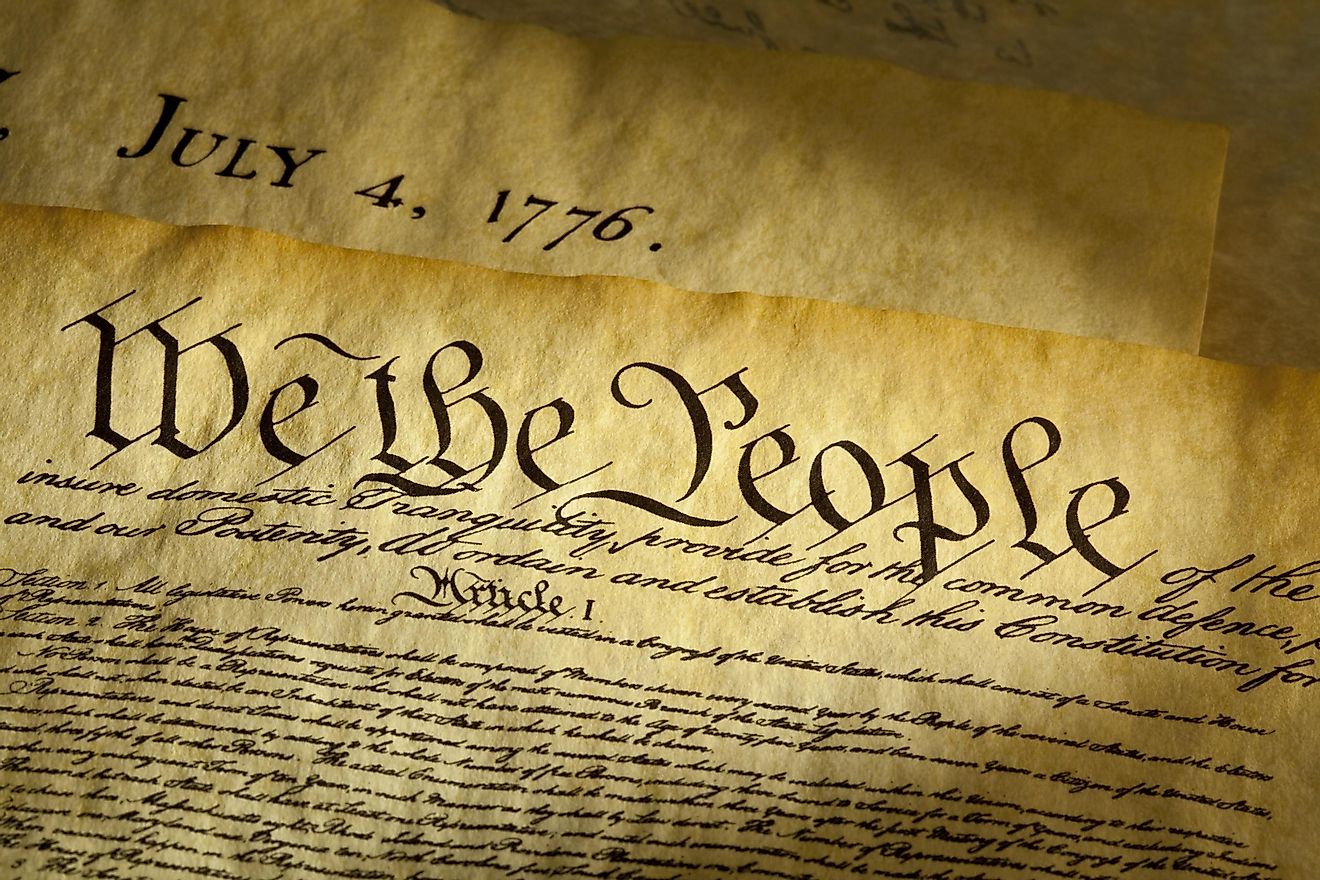
Tensions between the British and their 13 American colonies began to mount in 1765 with the introduction of the Stamp Act, a decree imposing unpopular taxes on the colonies as a means to pay off the expenses from the Seven Years’ War with France. Pockets of violence broke out as protestors, resenting the new taxes, voiced their unhappiness. A notable act of rebellion happened in 1773, when a group of protestors known as the Sons of Liberty dumped 342 chests of tea into Boston Harbor to protest taxation on tea, an event that became known as the Boston Tea Party. In 1774, 12 delegates from the thirteen colonies came together to discuss the situation, forming the Continental Congress which served as the governing body of the colonies in the transition to independence. At first, they did not openly demand independence, but they denounced taxation without representation within the British Parliament.
War broke out in 1775 with the Battles of Lexington and Concord when the King’s forces were sent to confiscate American military weapons and supplies. On July 4 of the following year, the Continental Congress adopted the Declaration of Independence, an official proclamation rejecting the British monarchy, ultimately laying the groundwork for the formation of the United States of America. The violence continued for several years until George Washington’s troops, alongside the French army, won a decisive victory over the British at the Battle of Yorktown in 1781. The conflict officially concluded two years later with the 1783 Treaty of Paris in which the British abandoned all claims in the US.
4. The French Revolution (1789 – 1799)

By the late 18th century, the people of France were living mostly in squalor, all except the nobility who lived lavish and expensive lifestyles. Frustrated with a monarchy that collected heavy taxes but offered nothing in return, the citizenry turned their widespread discontent on King Louis XVI. Historians mark July 14, 1789, as the start of the conflict when revolutionaries stormed Bastille, a medieval armory and prison, to arm themselves while simultaneously attacking a symbol of the monarchy’s absolute power. The following two months were known as the Great Fear as riots and mass hysteria consumed the country. While the National Constituent Assembly, a group of representatives from the Estates-General who were pushing for change, continued to debate France’s political future, influential figures like Maximilien de Robespierre were championing total governmental reform.
In the summer of 1792, a club of extremists known as the Jacobins arrested the king who was attempting to flee. This led to the establishment of the National Convention, the first French Republic. In January 1793, King Louis XVI was executed by guillotine, sparking ten months of unnecessary bloodshed as the Jacobins' Reign of Terror swept through France. In the end, between over 17,000 so-called enemies of the revolution were executed, and at least another 10,000 died in prison awaiting their trial. The death of Robespierre marked a new period in which the French revolted against the excess use of violence.
By August 1795, executive power lay with the Directory, a five-member collective appointed by parliament, but the state of the country did not improve. After four more years of hardships, corruption, and discontent, the conflict came to an end in 1799 when Napoleon Bonaparte seized power through a coup d’état. The French Revolution is notable for the abolishment of the French monarchy that had ruled for centuries; it demonstrated the power of the people and their ability to truly make a difference.
3. The Haitian Revolution (1791 – 1804)
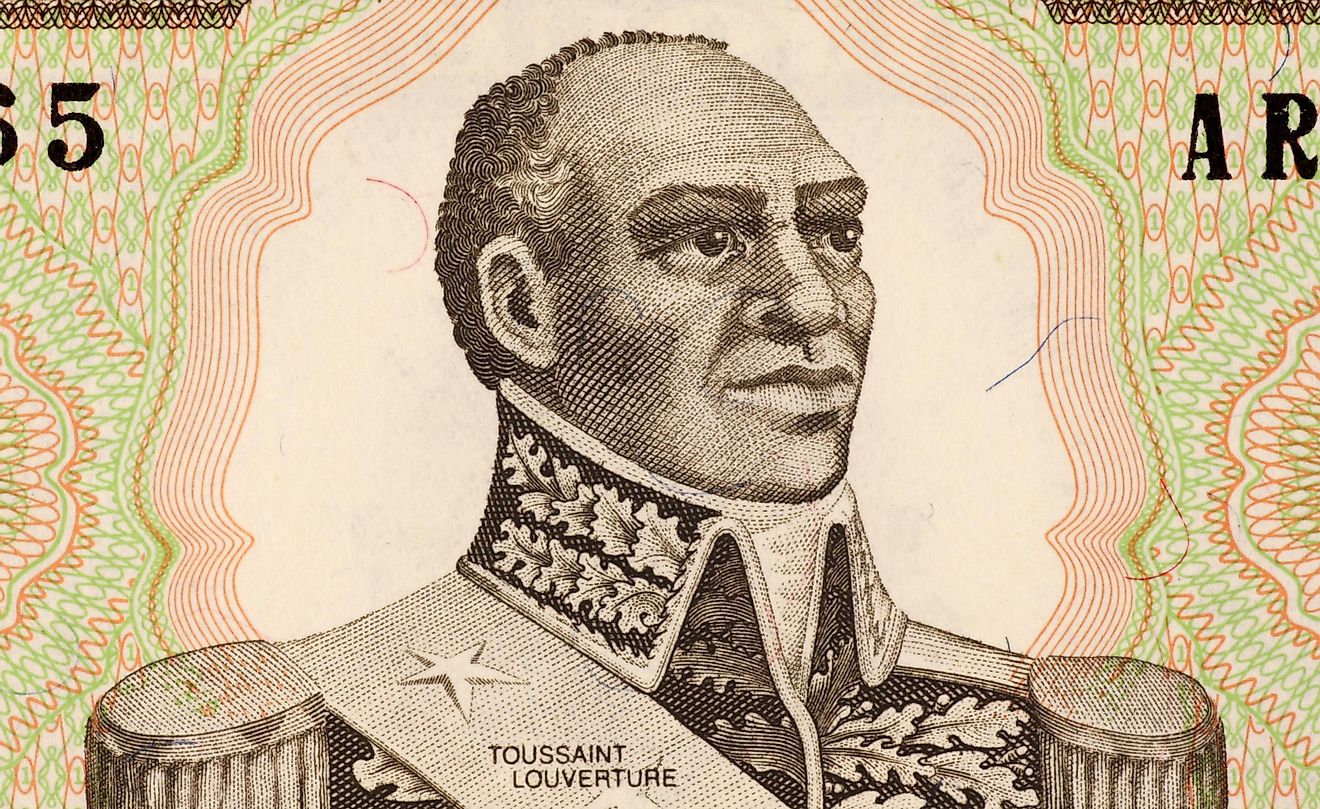
Saint Domingue—modern-day Haiti—was a French colony on the Caribbean island of Hispaniola since 1659. Inspired by the French Revolution, groups of slaves rose up to fight their oppressors on August 22, 1791. Over 100,000 former slaves joined the cause, killing plantation owners and destroying their property. The French colonizers had been prepared for fear of an uprising, but this did not matter much. Led by former slave Toussaint L'Ouverture, the revolutionaries had taken control of a third of the island by 1792. To stop the bloodshed, the National Assembly back in France granted rights to the men of color in Saint Domingue.
In 1793, the white population made a pact with Britain. Britain, concerned about revolts in their own Caribbean territories, notably Jamaica, agreed to conquer the colony and restore slavery. Spain also entered the conflict, as their colony Santo Domingo was also located on Hispaniola island. After France officially abolished slavery in Saint Domingue in 1794, L'Ouverture went from fighting against them to fighting for them. The British eventually gave up their conquest after a series of defeats. By 1801, L'Ouverture had declared himself Governor-General for life over the island of Hispaniola.
However, the revolutionary leader was eventually captured by Napoleon’s troops who were sent to reclaim Saint Domingue. L’Ouverture died in a French prison, but one of his generals, Jean-Jacques Dessalines, led the man’s forces to victory at the Battle of Vertieres in 1803. On New Year’s Day 1804, Haiti became the first Black republic when Dessalines renamed the colony and declared its independence. Historians consider the Haitian Revolution to be the most successful slave rebellion in the Western world, its impact felt across the Americas.
2. The Chinese Revolution (1911)
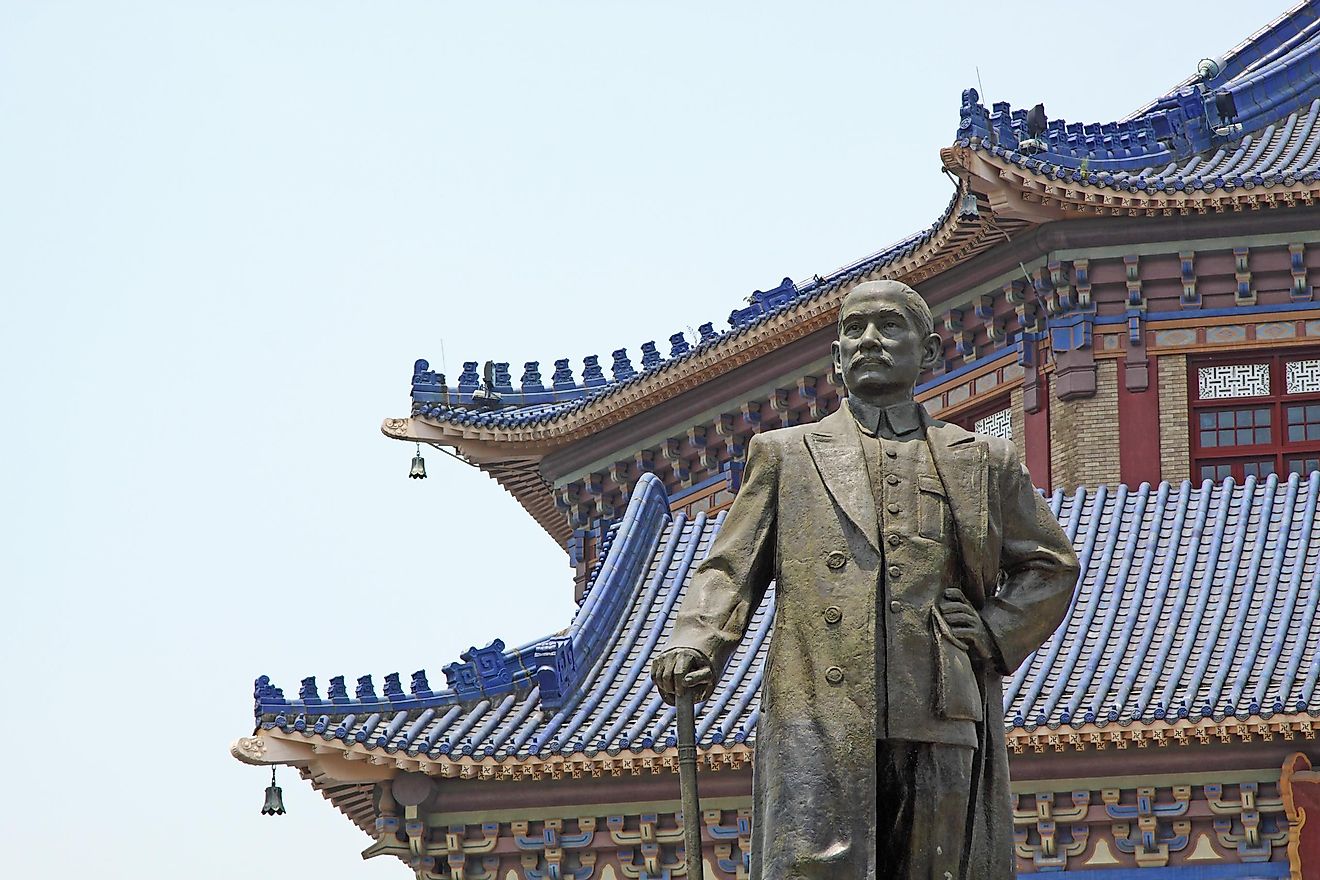
Because of a series of failed wars, the Qing dynasty was quickly losing prominence in Asia. Nationwide frustrations soon sparked rebellious thoughts among the common citizens. As a result, in the earliest years of the 20th century, the Revolutionary Alliance was formed in an attempt to abolish the imperial system. Dubbed the Father of the Nation, politician and physician Sun Yat-sen played an instrumental role in the movement. Several revolts were launched, all of which were quashed by the Qing army. But in the fall of 1911, an uprising in Wuchang turned the tide.
In the interest of stopping the bloodshed, the Qing court began discussing the possibility of a constitutional monarchy, going so far as naming Yuan Shikai as the new premier. Even with the promise of reform, the various Chinese provinces declared their allegiance to the Revolutionary Alliance. Representatives of the provinces gathered for the first national assembly where they elected Sun Yat-sen as the provisional president of the new Republic of China.
In 1912, the emperor abdicated the throne, bringing an end to the imperial system and the centuries-long rule of the Qing dynasty. After negotiating, Yuan Shikai agreed to the formation of the Republic as long as he was named the first official president. The revolution of 1911 was a critical moment in Chinese history because of how it paved the way for the Chinese Communist Revolution in 1949, an uprising that established the People’s Republic of China under the rule of Mao Zedong.
1. The Russian Revolution (1917)
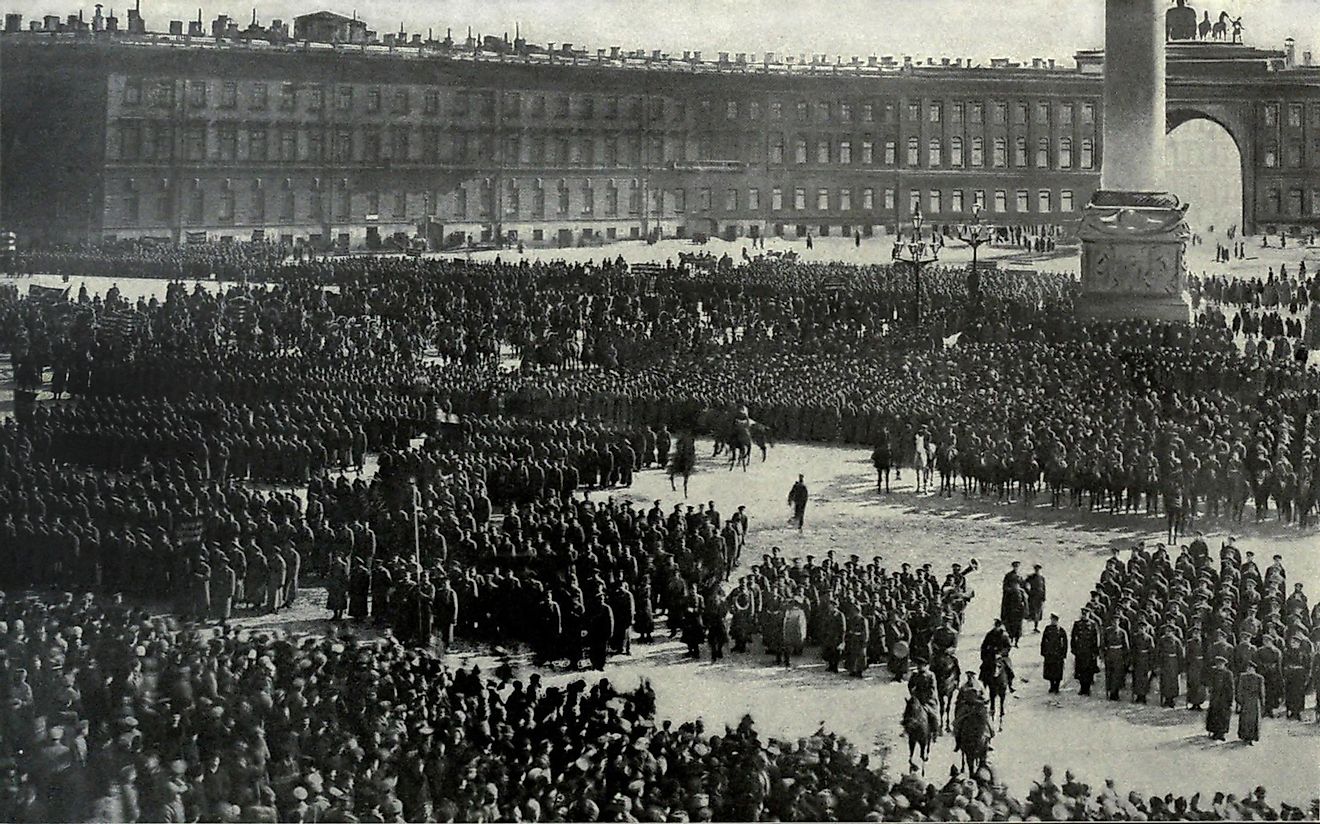
By the beginning of the 20th century, Russia was one of the most underdeveloped and impoverished countries in Europe. Struggling because of the state of their country, workers protested against the monarchy in 1905, which led to the Bloody Sunday massacre and a failed uprising. Nonetheless, revolutionary fervor was not easily forgotten. World War I crippled the Russian economy and resulted in high death tolls. Tsar Nicholas II left the country to command the army and inspire his troops, but he turned out to be an ineffective leader. Moreover, he left the country in the hands of his wife, a woman of German descent, unpopular among the population, who was under the influence of Grigori Rasputin, a Russian mystic and self-proclaimed prophet.
During the February Revolution of 1917, protestors once again took to the streets of Petrograd—modern-day Saint Petersburg. Unlike the revolution in 1905, however, this time they were joined by a significant number of soldiers who had lost faith in their ruler. A few days after the new provisional government was formed, Tsar Nicolas II abdicated the throne, bringing an end to the Romanov dynasty and the imperial system. But this did not mark the end of Russia’s revolutionary history. Made up of members from the bourgeoisie, the new government continued to support the war effort in the still ongoing World War I, which only worsened the country’s economy.
During the October Revolution of 1917, revolutionaries led by the leftist Bolshevik Party and their leader Vladimir Lenin stormed the Winter Palace, taking power from the provisional government in a clean coup d’état. Lenin championed a new Soviet government ruled not by capitalists, but by a collective of peasants, laborers, and soldiers. Despite his efforts, the revolution was not widely embraced outside Petrograd by the remaining imperial loyalists. For five years, civil war consumed Russia, ultimately resulting in a victory for Lenin and the establishment of the Soviet Union.
